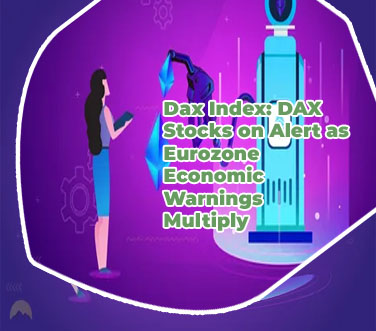
Crypto gas
Buy USDT TRC20 with credit card
Understanding Eth Gas Fees: A Comprehensive Guide
How to Monitor Eth Gas Fees in Real-Time

As an expert in the world of cryptocurrency, staying informed about Ethereum gas fees is crucial for making informed decisions and optimizing transactions. With the volatile nature of gas fees on the Ethereum network, having real-time monitoring tools is essential for maximizing efficiency and minimizing costs.
One such tool that stands out is Eth Gas Station, a platform that provides users with up-to-date information on gas prices, including recommendations for optimal transaction fees. By utilizing this tool, users can avoid overpaying for gas and ensure their transactions are processed in a timely manner.
A practical use case for monitoring gas fees in real-time is for traders looking to execute profitable arbitrage opportunities. By keeping a close eye on gas prices and transaction speeds, traders can capitalize on price differences between exchanges and maximize their profits. By using Eth Gas Station to monitor gas fees, traders can ensure they are getting the best possible deal on their transactions, leading to a positive outcome in their trading endeavors.
In conclusion, staying informed about Ethereum gas fees in real-time is essential for anyone involved in the world of cryptocurrency. Platforms like Eth Gas Station provide valuable insights that can help users make informed decisions and optimize their transactions for maximum efficiency and cost-effectiveness.
Strategies to Minimize Eth Gas Fees for Ethereum Transactions
As Ethereum continues to gain popularity in the world of cryptocurrency, users are increasingly facing the challenge of high gas fees when making transactions on the network. Fortunately, there are several strategies that users can employ to minimize these fees and make their transactions more cost-effective.
One effective strategy is to carefully time your transactions to take advantage of periods of lower network congestion. By monitoring gas prices and transaction volumes, users can identify times when fees are lower and schedule their transactions accordingly. Additionally, users can utilize layer 2 solutions such as Loopring or zkSync to reduce the amount of gas required for transactions.
Another important strategy is to carefully consider the gas limit for each transaction. By setting an appropriate gas limit, users can avoid overpaying for fees while still ensuring that their transactions are processed in a timely manner. Additionally, users can consider bundling multiple transactions into a single batch to save on gas costs.
One practical use case of implementing these strategies is a decentralized finance (DeFi) trader who successfully reduced their gas fees by over 50% by carefully timing their transactions and optimizing their gas limits. By employing these strategies, the trader was able to increase their profitability and make more efficient use of the Ethereum network.
